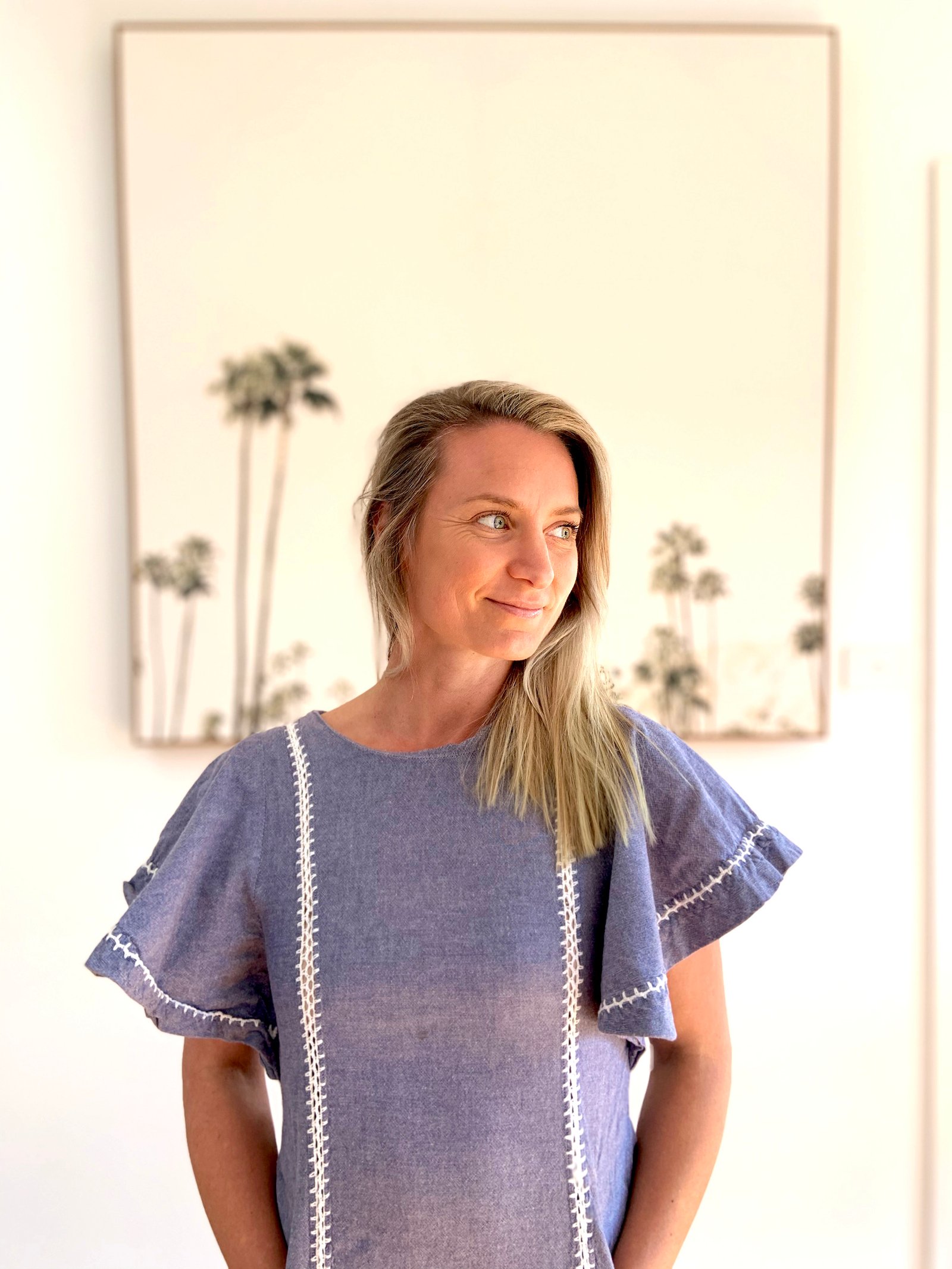The CanMOP is an evolution of the Canadian occupational model, previously known as the CMOP and the CMOP-E. This new iteration places a strong emphasis on occupational participation, encouraging therapists to extend their focus beyond just performance and engagement. Occupational participation is placed at the heart of this new model, emphasising access to, initiation and sustaining valued occupations and meaningful relationships and contexts.
In this episode we discuss:
- What inspired the re-creation of the Canadian Model of Occupational Participation (CanMOP)
- Overview of the changes to the Canadian occupation model over the years.
- Why there has been a shift from performance and engagement to participation.
- An overview of the CanMOP and how it might be applied.
- How the CanMOP allows occupational therapists to evolve our practice to better serve individuals and communities.

Image: https://www.researchgate.net/figure/Canadian-Model-of-Occupational-Participation-Source-According-to-Egan-Restall-2022_fig2_371248871
Mary is the director of the School of Rehabilitation Sciences at the University of Ottawa. During the first 10 years of her career Mary worked with adults and children in institutional and community-based settings. She has worked in various regions across Canada. Mary completed graduate work in occupational therapy at the University of Alberta and in epidemiology at McGill University which provided her with the tools to continue her career as an educator and researcher.
Mary’s research is driven by curiosity regarding the legitimate goals of occupational therapy and how these are best reached. She is particularly interested in how people return to valued activities within meaningful social contexts following serious health events. This has led to work, related to how occupational therapy and rehabilitation are conceptualized, and how processes of occupational therapy support – or hinder – occupational participation.

